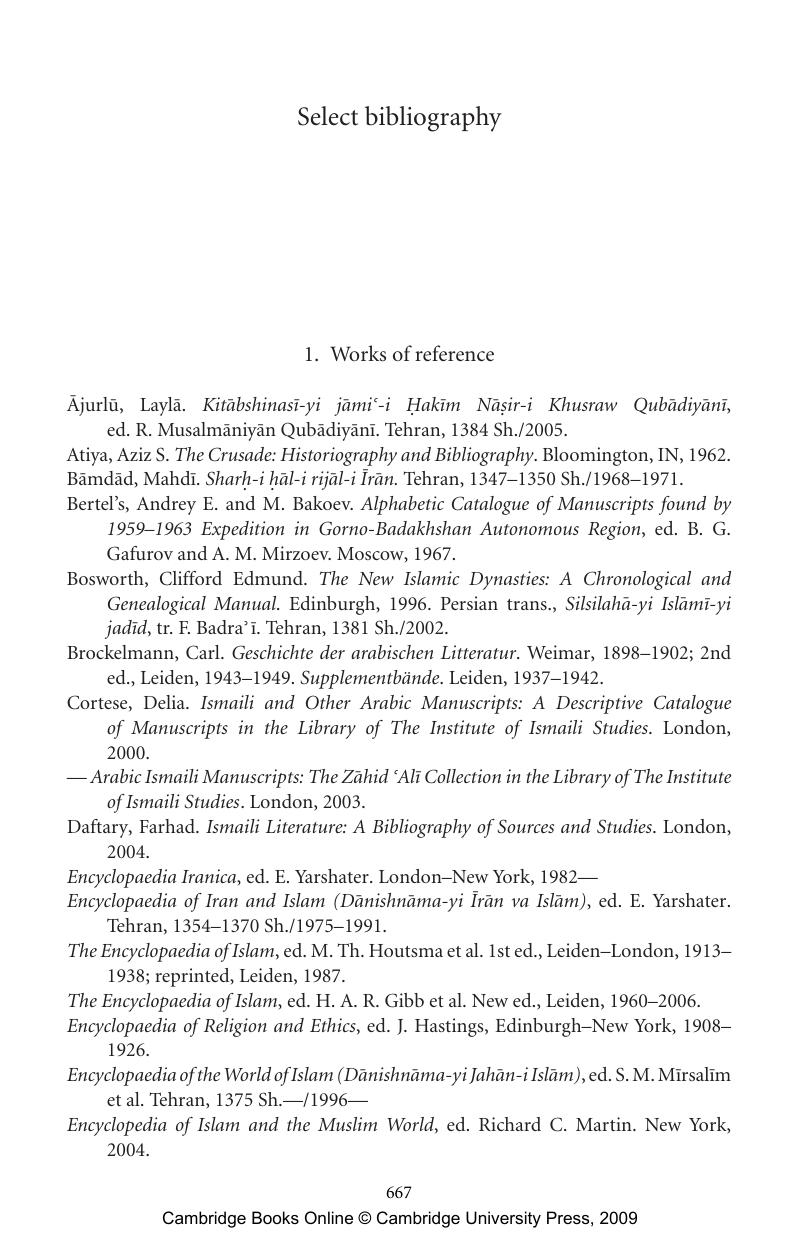Book contents
- Frontmatter
- Contents
- Illustrations and maps
- Foreword by Wilfred Madelung
- Preface to the first edition
- Preface to the second edition
- Note on the text and abbreviations
- 1 Introduction: progress in the study of the Ismāʿīlīs
- 2 Origins and early development of Shīʿism
- 3 Early Ismāʿīlism
- 4 The Fāṭimid period until 487/1094: dawla and daʿwa
- 5 The later Fāṭimids and Mustaʿlian Ismāʿīlism
- 6 Nizārī Ismāʿīlī history during the Alamūt period
- 7 The post-Alamūt centuries and modern developments in Nizārī Ismāʿīlī history
- Genealogical tables and lists
- Glossary
- Notes
- Select bibliography
- Index
- References
- Frontmatter
- Contents
- Illustrations and maps
- Foreword by Wilfred Madelung
- Preface to the first edition
- Preface to the second edition
- Note on the text and abbreviations
- 1 Introduction: progress in the study of the Ismāʿīlīs
- 2 Origins and early development of Shīʿism
- 3 Early Ismāʿīlism
- 4 The Fāṭimid period until 487/1094: dawla and daʿwa
- 5 The later Fāṭimids and Mustaʿlian Ismāʿīlism
- 6 Nizārī Ismāʿīlī history during the Alamūt period
- 7 The post-Alamūt centuries and modern developments in Nizārī Ismāʿīlī history
- Genealogical tables and lists
- Glossary
- Notes
- Select bibliography
- Index
- References
Summary

- Type
- Chapter
- Information
- The Isma'ilisTheir History and Doctrines, pp. 667 - 696Publisher: Cambridge University PressPrint publication year: 2007



